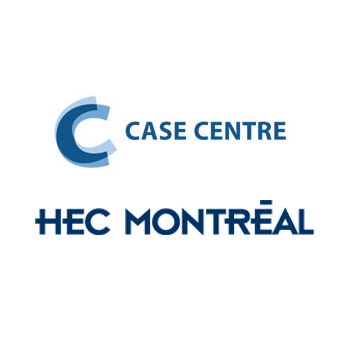Description
Liip: How a Web Development Company Was Transformed by Holacracy: Abstract
No hierarchies, no superiors, circles, roles, and complete transparency. That was the secret to Liip’s success after it moved from a pyramid to a holacratic structure. In starting the high-tech digital agency in 2007, the co-founders were clear that the firm’s employees belonged at the centre of all activities, projects, and decisions, and they enjoyed enormous freedom, trust, and responsibility. If employees were not doing well, customers and the company itself were not doing well. The company gained speed, flexibility, and agility with this management system. By 2022, Liip had expanded to six Swiss locations, and its employee number had jumped from 130 to more than 200. Holacracy was integral to operations, and every staff member could explain exactly how holacracy worked. Liip had been a pioneer in implementing holacracy, and while it had experienced steady growth, it had also faced many challenges.
Teaching objectives
By the end of this case, students will
- have formed an opinion about whether holacracy is suitable for all SMEs, the prerequisites for its success, its potential pitfalls, and its differences from and similarities with other organizational structures,
- understand the pros and cons of holacracy depending on the organizational and business context,
- have identified some of the challenges an organization faces when restructuring to implement a self-management system such as holacracy,
- have analyzed the role of culture in developing an organization’s structure,
- have evaluated leadership and self-organization in the context of radical change.
Additional information
Teachers’ notes are available for university teachers only. Please contact the HEC Montréal Case Centre.







Avis
Il n’y a pas encore d’avis.